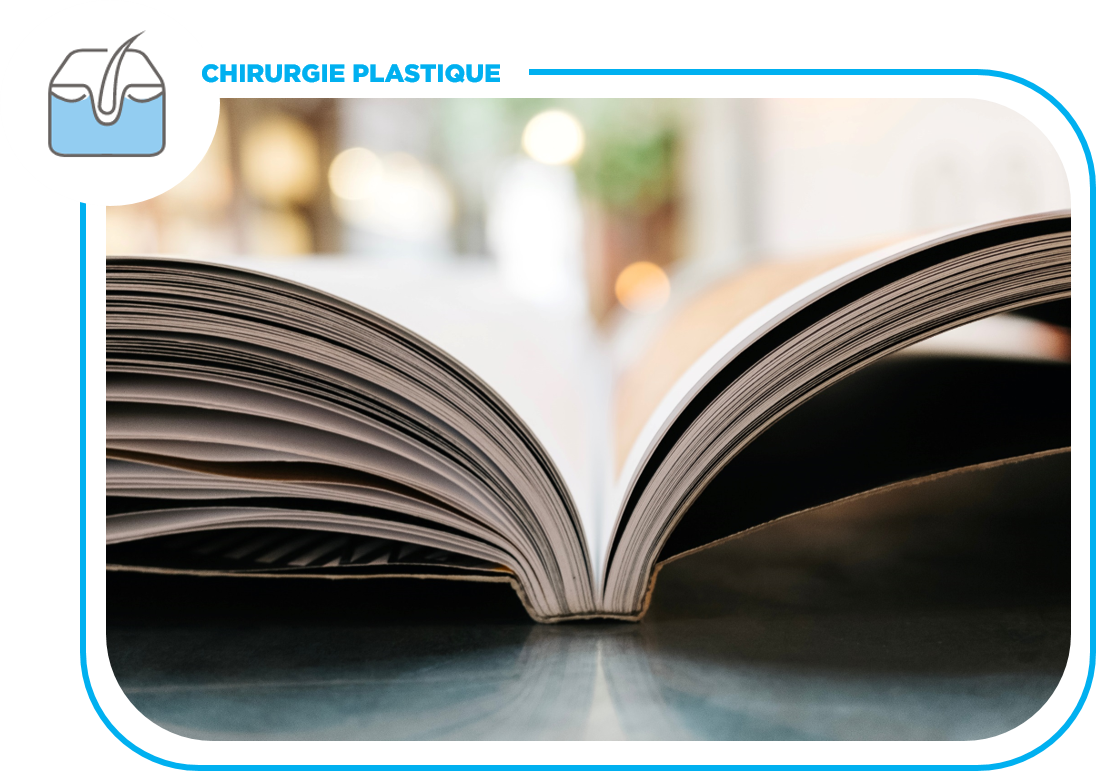
Ziyad Alharbi, Christian Opländer, Sultan Almakadi, Andrea Fritz, Michael Vogt, Norbert Pallua, Conventional vs. micro-fat harvesting: How fat harvesting technique affects tissue-engineering approaches using adipose tissue-derived stem/stromal cells, Journal of Plastic, Reconstructive & Aesthetic Surgery, Volume 66, Issue 9, 2013, Pages 1271-1278, ISSN 1748-6815,
Abstract
Background
Biocompatible scaffolds as dermal substitutes are used commonly in soft tissue reconstruction and tissue-engineering approaches. The combination of these scaffolds with mesenchymal stem and stromal cells would have additional benefits in multilayer soft tissue reconstruction. In addition, the use of lipoaspirate may be beneficial for this purpose containing high levels of regenerative cells and relevant growth factors. However there are many factors, which may impact the lipoaspirate content of isolated cells, cell behaviour and growth factors. There is a lack of data as to whether fat-harvesting procedures using different cannulas of small diameter will impact these parameters, which are relevant not only for tissue engineering but also for clinical outcome.
Methods
Abdominal liposuctions were performed on 10 patients using the conventional fat harvesting by the Coleman cannula (3 mm, one-hole blunt tip) and the micro-fat-harvesting technique by the st’RIM cannula (2 mm, multi-perforated hole blunt tip) on contralateral area. Lipoaspirate contents of insulin-like growth factor (IGF), vascular endothelial growth factor (VEGF), platelet-derived growth factor (PDGF) and basic fibroblast growth factor (bFGF) were measured by enzyme-linked immunosorbent assay (ELISA). The in vitro viability of lipoaspirates was tested by the alamarBlue™ assay. Adipose-derived stem/stromal cells (ASCs) were isolated and the yields determined. Furthermore, ACSs were seeded on collagen elastin matrices (Matriderm™) and cell migration/adhesion rate was examined by the alamarBlue™ assay and visualised by two-photon microscopy.
Results
Conventionally obtained lipoaspirates were found to contain significantly higher concentrations of IGF and VEGF, but not PDGF or bFGF. No significant effects on the yields of ASCs or the in vitro viability of lipoaspirates obtained from different cannula sizes were observable. However, the viability and migration of isolated ASCs obtained from micro-harvested lipoaspirates were significantly higher. Moreover, a significant high adherence rate of isolated ASCs from the micro-fat-harvesting technique onto matrices was observed.
Conclusion
The different sizes and surface/volume ratios of pieces of fatty tissue obtained by using different cannula sizes may be responsible for the observed differences and effects. Thus, micro-fat harvesting may be more suitable for tissue-engineering and -regenerative approaches using ASCs and collagen elastin matrices.
Cliquez ici pour accéder à l’article dans son intégralité.